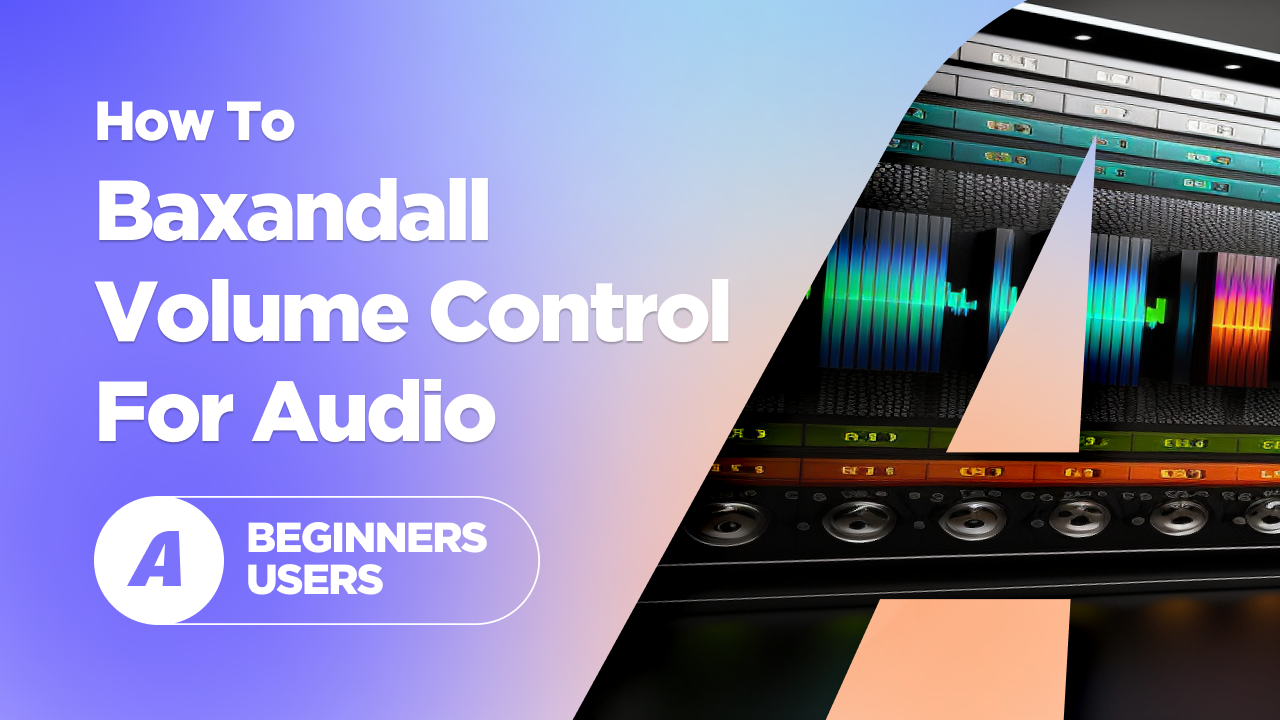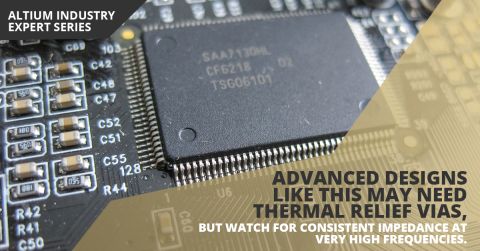Baxandall Volume Control for Audio

Introduction
Inspired by Douglas Self’s book on audio electronics (‘Small Signal Audio Design’) and his power amplifier design consisting of a massively-parallel array of NE5532 op-amps, I set out to design a headphone amplifier that uses similar techniques but scaled down due to the lower power requirements.
The resulting amplifier utilizes many NE5532 op-amps (the first version used 44 in total!) and is designed to run from a single-rail DC power supply. The resulting design is low-noise and low distortion, easily capable of driving anything from 8 Ohm earbuds to 600 Ohm studio-grade headphones with plenty of gain reserves. In a future article, we will explore the remaining parts of the headphone amplifier, including an upgrade to a plug-and-play USB audio interface.
However, in this article, we will examine one of the core elements of this amplifier: the Baxandall volume control. This active volume control using negative feedback has several advantages compared to simpler, passive volume controls, as we will see.

Theory
The volume control stage provides all of the voltage gain in this headphone amplifier. The voltage gain available in this headphone amplifier can be varied anywhere from effectively completely muted to approximately 15dB (5.6x linear) in this particular example, which is plenty for most applications.
Ideally, the control law of the volume stage should follow a logarithmic curve, as this best matches the way we hear. A simple volume control could be a log potentiometer, where the first terminal is connected to the input, the wiper to the output, and the third terminal to ground or some bias voltage. However, these logarithmic potentiometers are not truly logarithmic at all but instead, approximate a logarithmic function by using two linearly changing track resistances of differing slopes.
Additionally, using a passive potentiometer as the sole volume control would mean all of the 15dBs of gain (in this example) would have to be applied at all times before reaching this potentiometer, as the potentiometer would then act to decrease the signal level. A better solution must be sought out…
The Baxandall active volume stage is named after the late Peter Baxandall. Peter Baxandall is also famous for, among other designs, his active tone control.
A simplified block-diagram form of the volume control is shown in Figure 1 below. We will examine the circuit implementation later on in this article.

It consists of a linear-taper potentiometer of total resistance R, a unity gain (and high input-impedance) buffer, and an inverting amplifier of gain -k. dIt is a bit hard to see how the volume control functions in this form, so let’s redraw it in a more convenient form – that of a potential divider (see Figure 2 below).

For simplicity, I have omitted the unity gain buffer from the drawing and included it as part of the inverting amplifier, as its only function is to provide a high input impedance.
General Case
The left diagram (of Figure 2) shows the potentiometer split into two, as it simply is a potential divider with two varying resistors, with the ‘potentiometer setting’ indicated as α, which can vary from 0 (fully counter-clockwise) to 1 (fully clockwise). The inverting amplifier is now in parallel with the lower resistor. There are now two possible limiting cases to consider.
Maximum Attenuation
If the potentiometer is turned completely counter-clockwise (middle diagram of Figure 2), α is zero, and thus the top resistor is R, and the bottom resistor is effectively a short. Since the short is in parallel with the high input impedance amplifier, the short dominates, and – remembering basic potential divider theory – there is no voltage drop across the amplifier (all of the input voltage is effectively dropped across R). No voltage at the input terminal of the amplifier means the signal will not be amplified and the output voltage will be zero. This is the case of maximum attenuation.
Maximum Amplification
However, if the potentiometer is turned completely clockwise (right diagram of Figure 2), α is 1 and the top resistor is now a short, with the bottom resistor being R. Now all of the input signal voltage is apparent at the input terminal of the inverting amplifier! Thus, the output voltage will simply be the inverting amplifier gain times the input voltage - that is, the maximum possible amplification.
Gain
By going through the math, it turns out that the relationship between voltage gain and potentiometer setting (α) is: importantly, the gain is not a function of the total potentiometer resistance (however, the potentiometer value plays a role in the circuit input impedance). Additionally, note that the output is inverted.
This gives an approximate, but good fit to a logarithmic response – by using a linear-taper potentiometer. Furthermore, the noise level at the output is not much reduced compared to amplifying the signal by the maximum gain, and then attenuating via simple potentiometer.
Implementation
An example implementation of the volume control schematic is shown in Figure 3 below.

Keep in mind that this particular headphone amplifier runs from a single-rail DC supply (+15VA), which means the op-amps need to be biased at mid-rail (+VBL) for maximum voltage swing capability.
The maximum gain is given by the ratio of R25 to R24.
Some important issues to consider are that the volume control should be driven by a buffer that can handle fairly low impedances. As is shown in the implementation, the input impedance of the volume control can drop to as low as 2.3kOhms with a 10k potentiometer. Furthermore, we need to avoid DC current passing through the potentiometer wiper, as this can lead to audible scratching noises when rotating the potentiometer.
Outro
The Baxandall volume control is a particularly useful, flexible, and simple-to-implement circuit for many audio designs. Despite the circuit’s initially peculiar appearance, analysis of the circuit and function is straightforward, as we discussed in this article.
Make sure to check out the video covering the complete headphone amplifier design created with Altium Designer and try out some of the analogue circuit design techniques in your own designs!
However, in this article, we will examine one of the core elements of this amplifier: the Baxandall volume control. This is an active volume control using negative feedback, which has a number of advantages compared to simpler, passive volume controls, as we will see.












